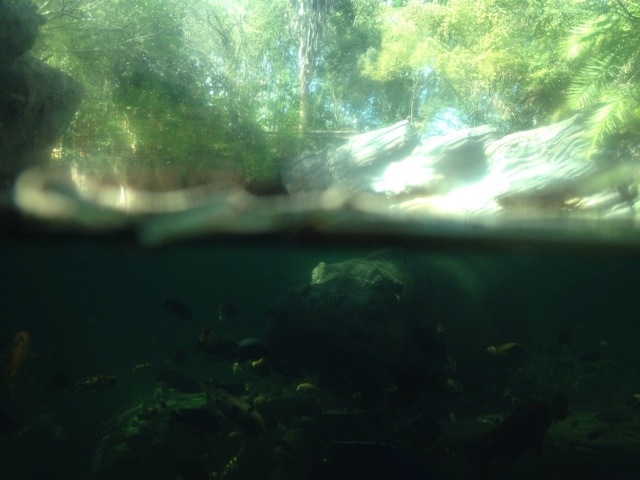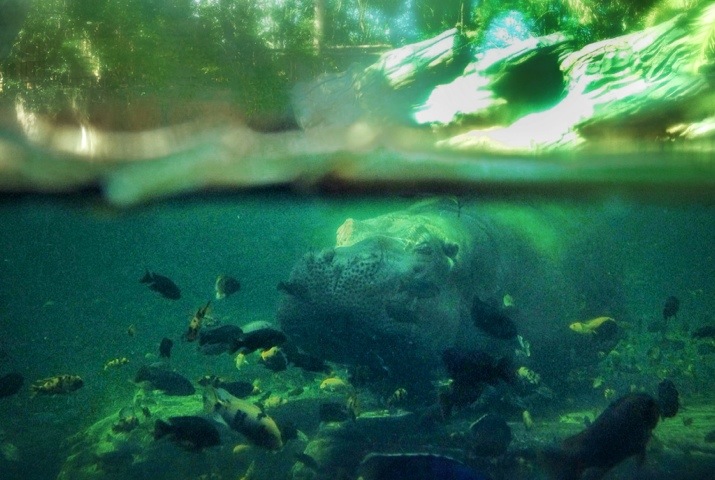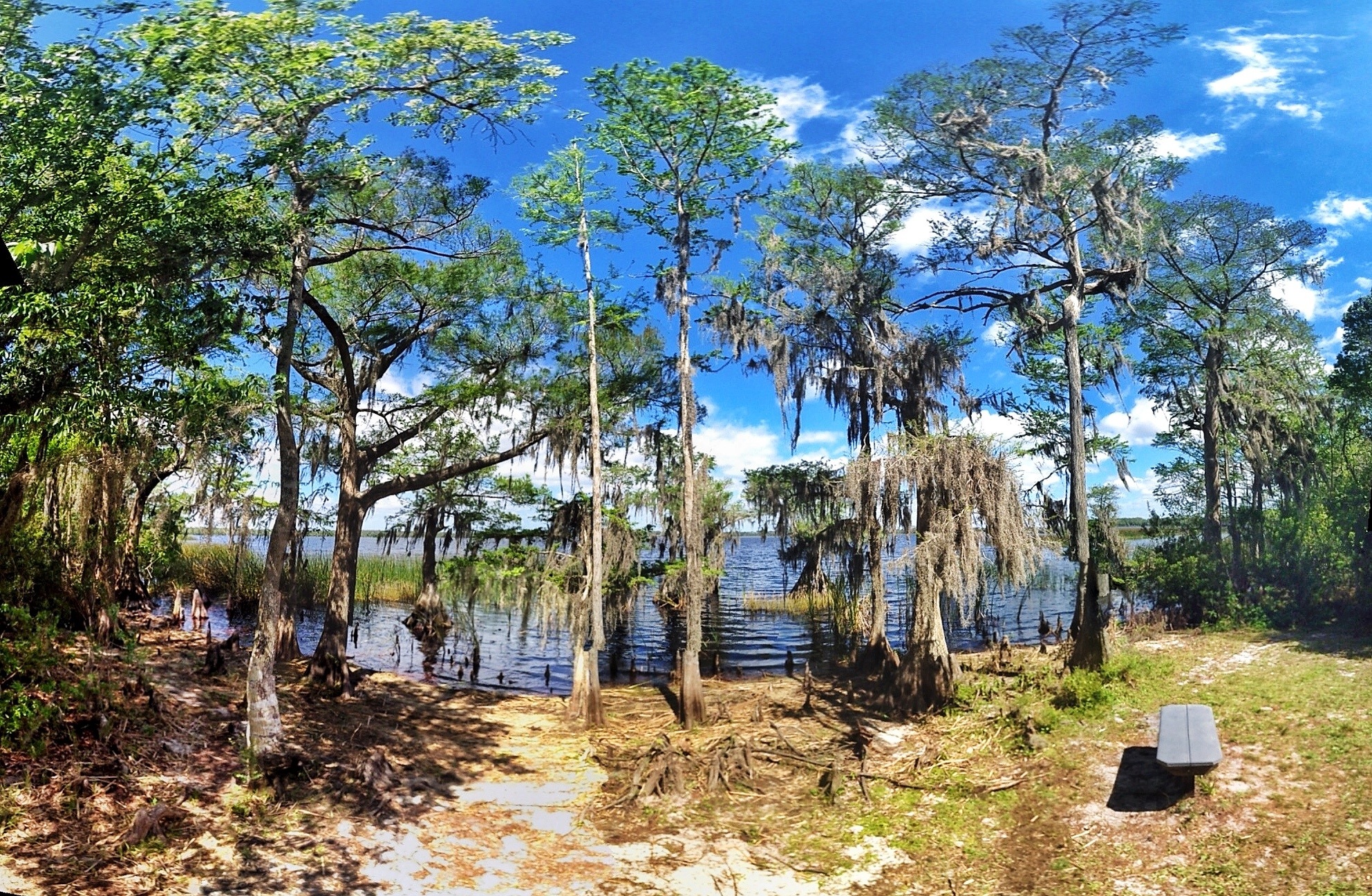
by Scott Martin Photography | Mar 17, 2012 | Blog, Educational, Wildlife
Sitting by the pool at our timeshare in Kissimmee, Florida with an iPad and playing with the Snapseed app that I’ve been referring to in the last few blog posts. I can’t recommend this app more highly and though it does cost $4.99 from the app store it is well worth the investment. Typically I use the app to fine tune images that by iPhone camera standards are already pretty good to start with. It has been my experience that post processing images does not often take poor images and make them acceptable but rather makes already good shots even better. Post processing rarely saves an image from the round file. That said I’ve been looking for an image that will take the post processing ability of an app to the limit, just to see what it’s capable of. I think this image fits the bill so before deleting it, it became a good test for Snapseed.
This shot is a challenge even with the best of gear. Normally you would expose for the dark water in the bottom of the image and use (in this case) at least a three stop hard edged ND Grad filter above the water line. With the iPhone 4S camera that is not possible so to take this image I focused over the hippo’s head with the focus point (which is also the metering point) half above and half below the water. The result creates severely blown highlights above the water and very underexposed shadows below the water, but at least there is some detail above and below the water line.
So, here is the original image as taken, clearly a ‘delete only’ capture.

Now, what could Snapseed do with this image? Although I have the app installed on both my phone and iPad, this image was processed on the iPad but could have easily been done directly from the phone. The time to process this image was about five minutes which is one of the advantages of Snapseed, it is very user friendly yet powerful in its scope.
Although this post is not intended as a Snapseed tutorial, in short this is how the shot was processed; water line leveled, image cropped, three different selections above the water level to reduce the blown highlights as much as possible, increase the contrast, adjust the saturation and white balance; one selection below the water line to brighten the water as much as possible, alter the contrast and tweak the white balance. The entire image was then adjusted for ambiance and structure. As is always the case, brightening shadows brings out the noise, which is very evident in the processed image. To date Snapseed has no way of noise reduction but hopefully that will come via way of a future update (NIK software has a fantastic NR program called Define which I use all the time as a CS 5 plug in, so hopefully it will show up some day in Snapseed). As a result of the noise, this image was not sharpened.
So here is the processed image. Still not a ‘keeper’ but a good example of what Snapseed can do when pushed well beyond what is normally necessary. It was a great image to play with and it’s not often you get the opportunity to photograph a hippo under water!

This image was taken in Disney’s Animal Kingdom Theme Park.
28.336041-81.533891

by Scott Martin Photography | Mar 13, 2012 | Blog, Educational, General
The wonderful world of apps for your smartphone has produced thousands of apps for the photographer; some to add quirky text balloons to your pics, some to make you smile by distorting the people in your images but fortunately some provide serious horsepower to improve your images and expanding the versatilty of the smartphone camera. Photosynth and Snapseed are two of the latter and every photographer serious about using your smartphone camera needs these apps.
Photosynth is a free app designed by Microsoft to make the taking of panoramic images a breeze, and it does exactly that. You can take 360 degree panos as well as taking ‘multi-level’ panoramas meaning you can take a matrix of images and have Photosynth seamlessly stitch them together into one image. When viewed in the Photosynth viewer you can use your finger to scan from left and right and up and down within the image. It is very impressive. After saving the panorama to your photostream you can then edit and crop the image using Snapseed. Snapseed is a powerful image editor developed by NIK Software, famous for their suite of plug-ins for Photoshop, Lightroom and Aperture. The beauty of Snapseed is that it brings NIK’s patented U-point technology to the smartphone and tablet. U-point technology allows for selective editing of brightness, contrast and saturation within an image based on the colour and texture of the part of the image you select. Besides selective editing, Snapseed performs many other essential post processing effects including, sharpening, structure, ambiance, white balance, special effect filters and even tilt shift conversions to name just a few. Snapseed costs $4.99 but I can assure you that it will become the only smartphone/tablet photo editor you will use once you have downloaded it.
Here is a photo taken earlier today of Lake Russel in the Disney Nature Conservancy south of Kissimmee Florida. This shot was captured with an iPhone 4S (8 megapixel camera) without any zoom in landscape orientation. The image is un-cropped.

Here is six shot panorama taken from the same position with Photosynth and the camera in portrait orientation. It took Photosynth less than ten seconds to seamlessly stitch the images together. The resultant picture was cropped and edited using Snapseed.

Finally, this is an eighteen image panorama taken as a 6×3 matrix. Photosynth stitched this panorama in about fifteen seconds. This image was taken from the same spot as the previous one and was processed with Snapseed.

In keeping with the theme of this blog post, it is being written and posted from Florida on an iPad 2 using the WordPress app. The photos, all taken earlier today with an iPhone 4S, showing up on the iPad via the cloud! How technology has changed over the part few years.
I would like to thank my good friend Arni who told me about Photosynth. You can see his superb photography at www.pixelz.ca
Note: After posting the blog images it became apparent that I cannot use the iPad to resize the photos as I usually do with WordPress. Please accept my apologies and I’ll fix the problem when I’m back in front of the computer. In the mean time the new technology still impresses!








Follow Scott Martin Photography